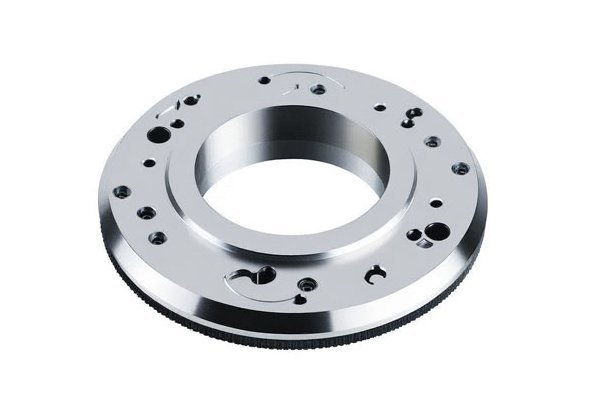Did you know that CNC machining can produce sound levels reaching up to 120 decibels? That’s comparable to a chainsaw or a rock concert! While modern manufacturing techniques like CNC (Computer Numerical Control) machining offer precision and efficiency, they also come with challenges—most notably, noise and dust. As industries grow and manufacturing facilities expand, understanding the implications of noise and dust generation in CNC machining is critical for health, safety, and process optimization.
In this blog, we will explore how CNC machining generates noise and dust, the associated risks, and, crucially, effective methods to mitigate these issues. By the end, you’ll be equipped with comprehensive techniques to address these challenges and enhance productivity while maintaining a safe work environment.
—
Understanding CNC Machining Noise and Dust
How CNC Machining Works
CNC machining is a subtractive manufacturing process that uses pre-programmed computer software to control the movement of factory tools and machinery. CNC machines carve out parts from a block of material, which produces various shapes and sizes for multiple applications.
Why Noise is Generated
Noise in CNC machining primarily comes from:
Dust and Particulate Matter
Dust is generated during the machining process through:
Health and Safety Concerns
Risks of Excessive Noise
Long-term exposure to high noise levels can lead to:
Impact of Dust Exposure
Dust exposure can lead to respiratory issues including:
By understanding these risks, it becomes clear why controlling noise and dust in CNC machining environments is vital.
Techniques to Control Noise and Dust
A. Machinery Selection:
Investing in low-noise CNC machines can help significantly reduce the generated sound levels.

B. Tool Optimization:
Choose the right cutting tools and materials. Use tools designed for quieter operation, and ensure they are sharp to minimize friction and vibration.
C. Speed and Feed Rate:
Optimize cutting speed and feed rates to minimize noise. Use higher speeds in conjunction with slower feed rates for materials that produce excessive noise.
A. Acoustic Enclosures:
Construct sound-proof enclosures around CNC machines to contain noise. Use materials with high noise-damping characteristics to absorb sound.
B. Isolation Pads:
Place machines on vibration isolation pads to minimize vibration transmission to the floor, leading to noise reduction.
C. Layout Design:
Design the manufacturing floor layout to position noisy machines away from employee work areas.
A. Ventilation Systems:
Implement proper ventilation systems to dilute and extract dust and airborne contaminants effectively.
B. Dust Collection Systems:
Install appropriate dust collection systems that vacuum dust particles directly from their source during the machining process.
C. Fluid Management:
Apply mist collectors to manage coolant mist and aerosol emissions. Ensure that various filtration systems are in place to capture fine particulates.
A. Work Schedule Management:
Implement job rotation for operators to limit exposure to noise. Provide regular breaks in quiet areas to reduce fatigue.
B. Training and Awareness:
Educate employees about noise and dust hazards and promote good practices. Train staff on the use of PPE (personal protective equipment) such as earplugs and masks.
A. Hearing Protection:
Provide ear protection equipment (earplugs, earmuffs) for workers exposed to high noise levels.
B. Respiratory Protection:
Mandate the use of masks or respirators, especially in environments with high dust concentrations.
—
In summary, CNC machining presents specific challenges related to noise and dust that cannot be overlooked. Understanding how noise is generated—from machinery choice to tool optimization—and recognizing the health and safety risks these factors pose is paramount to maintaining a productive and safe workplace.
By implementing effective methods of control—ranging from source control and structural modifications to engineering and administrative controls—you can significantly reduce noise and dust in your CNC machining operations.
Controlling these elements not only enhances employee safety and comfort but can also improve operational efficiency and product quality.
Remember, the long-term success of CNC machining operations relies on proactive strategies in addressing the challenges posed by noise and dust. This blog has outlined crucial techniques that are worth considering as you strive to create a safer and more efficient work environment in your manufacturing facility.
Stay informed and proactive; your employees’ health, safety, and productivity are well worth the effort!






